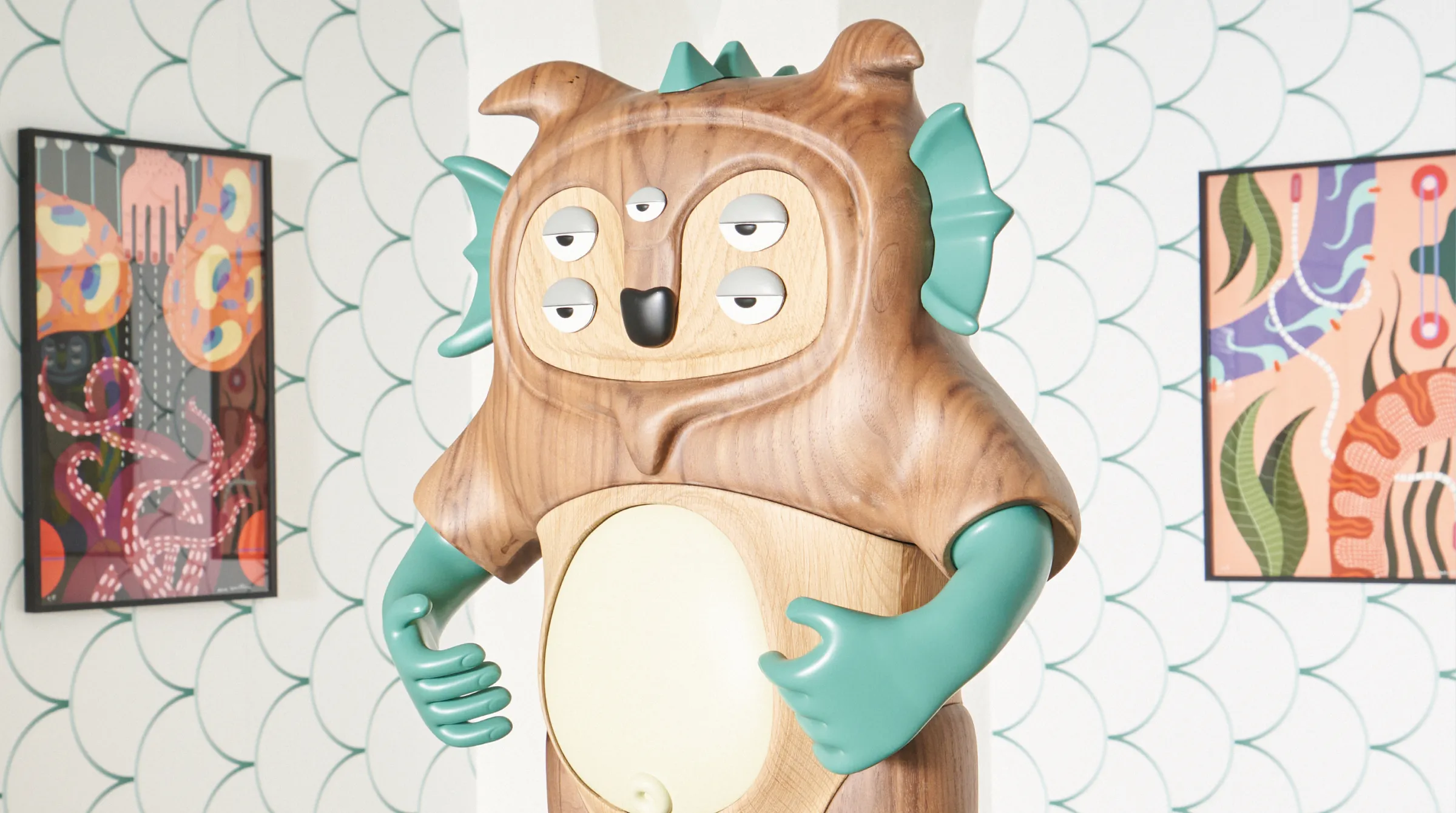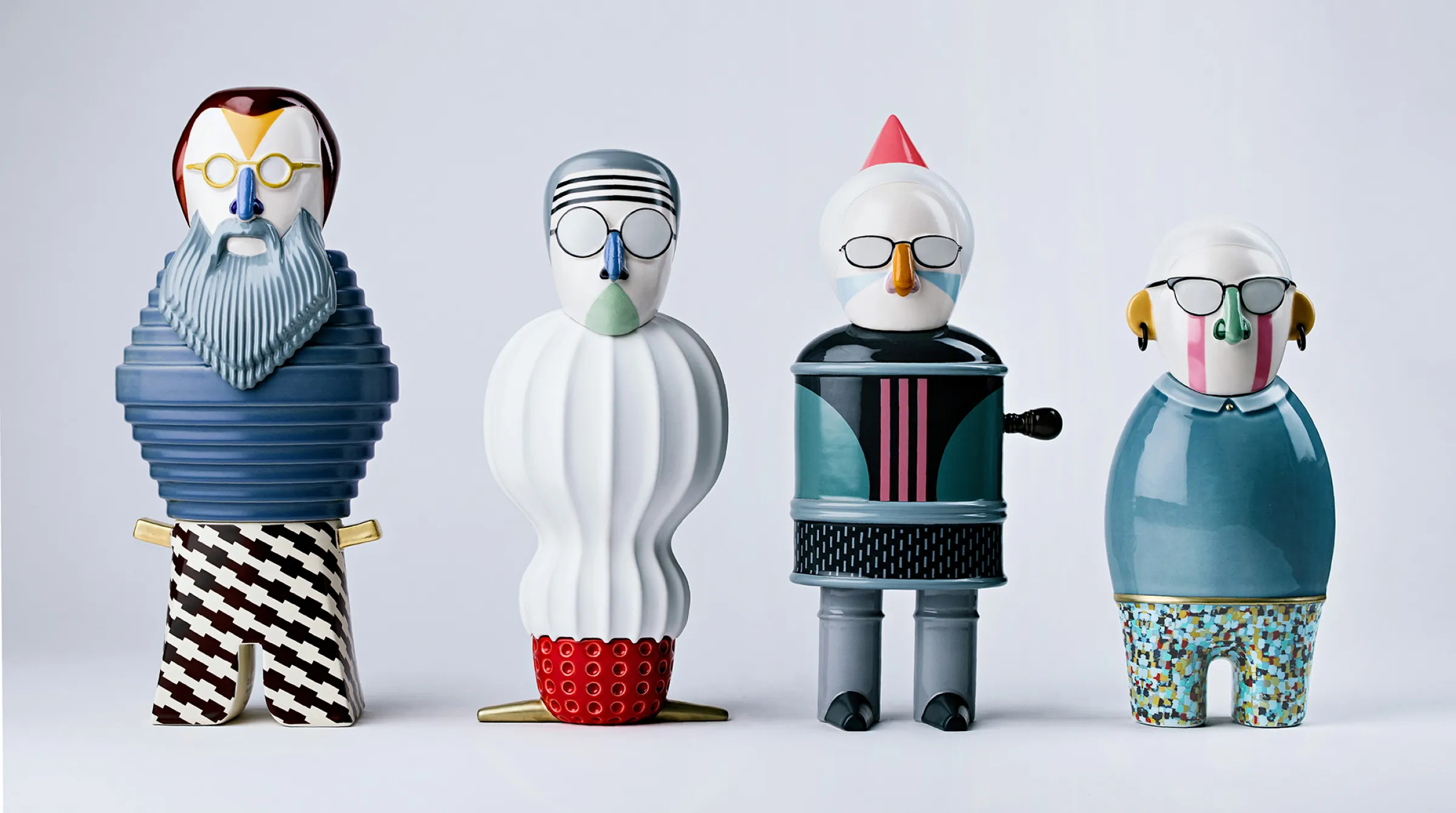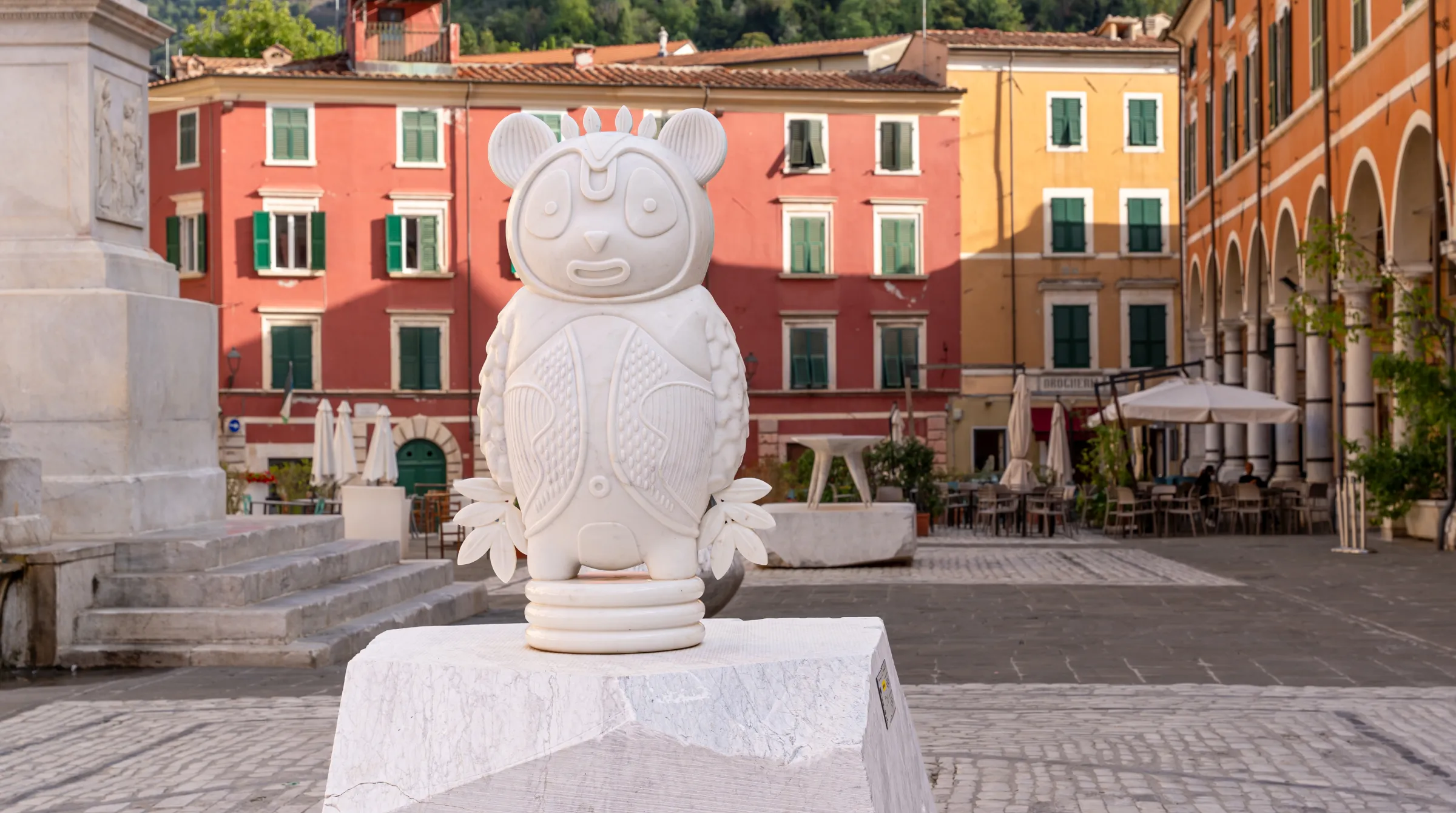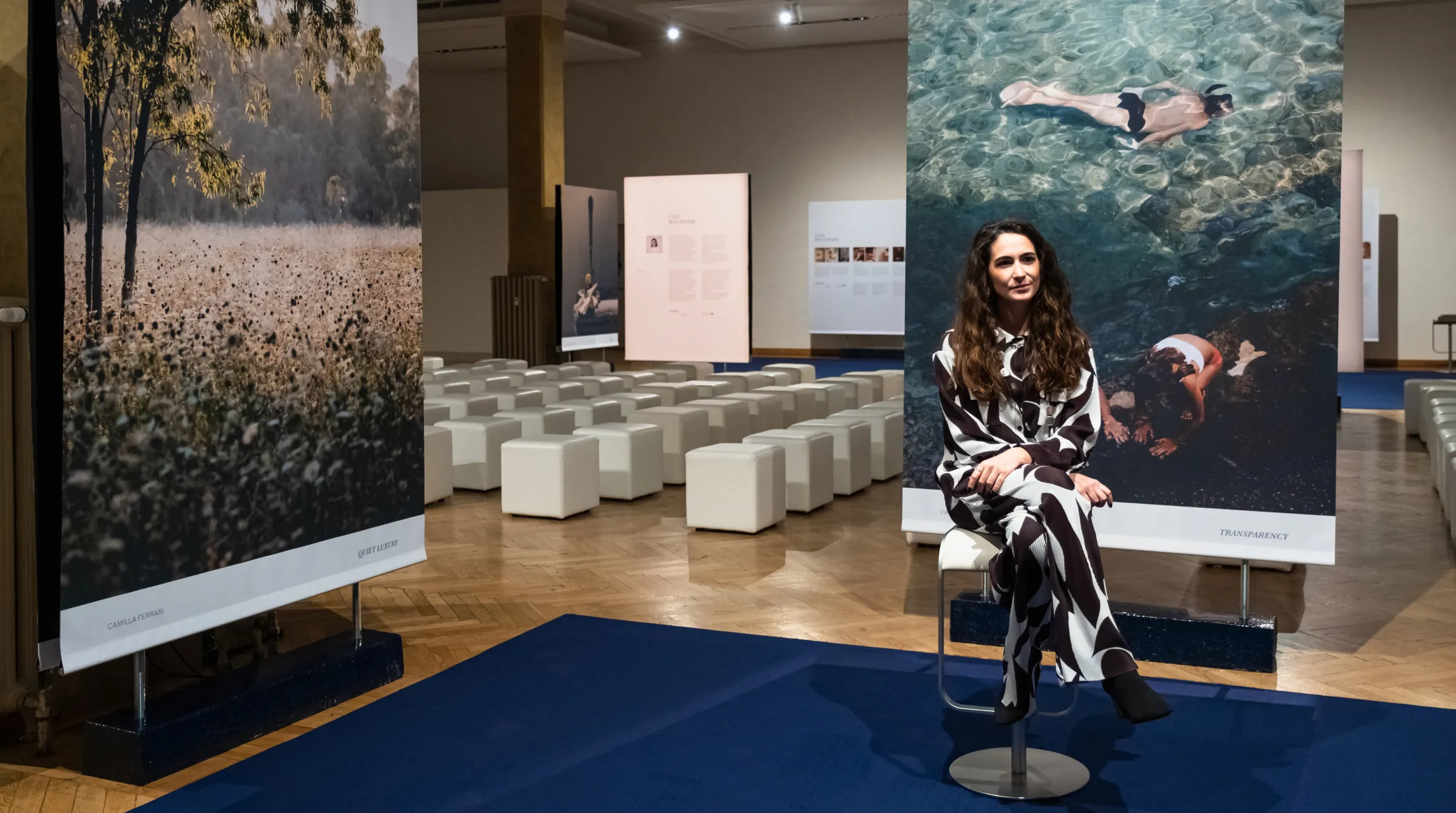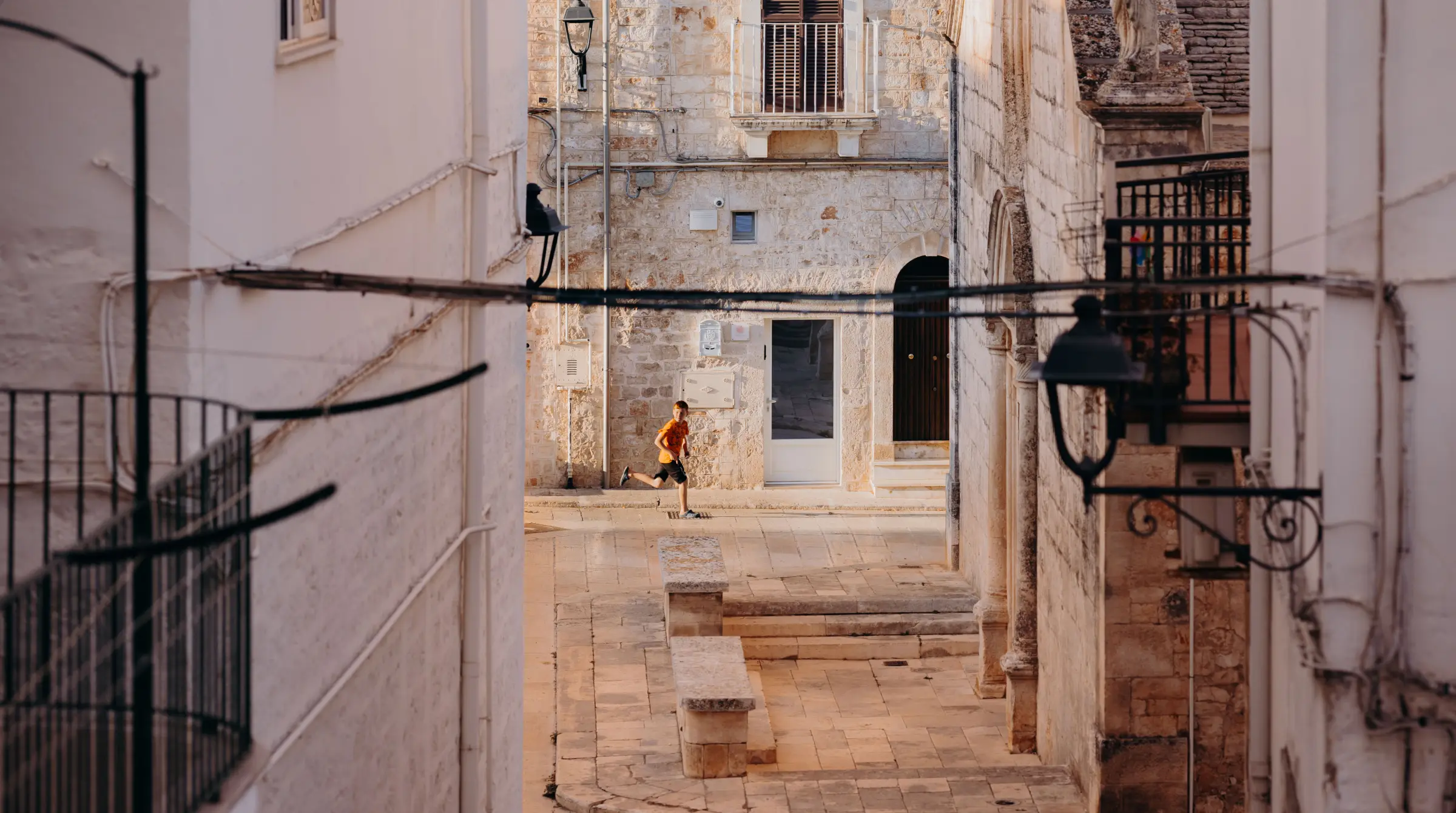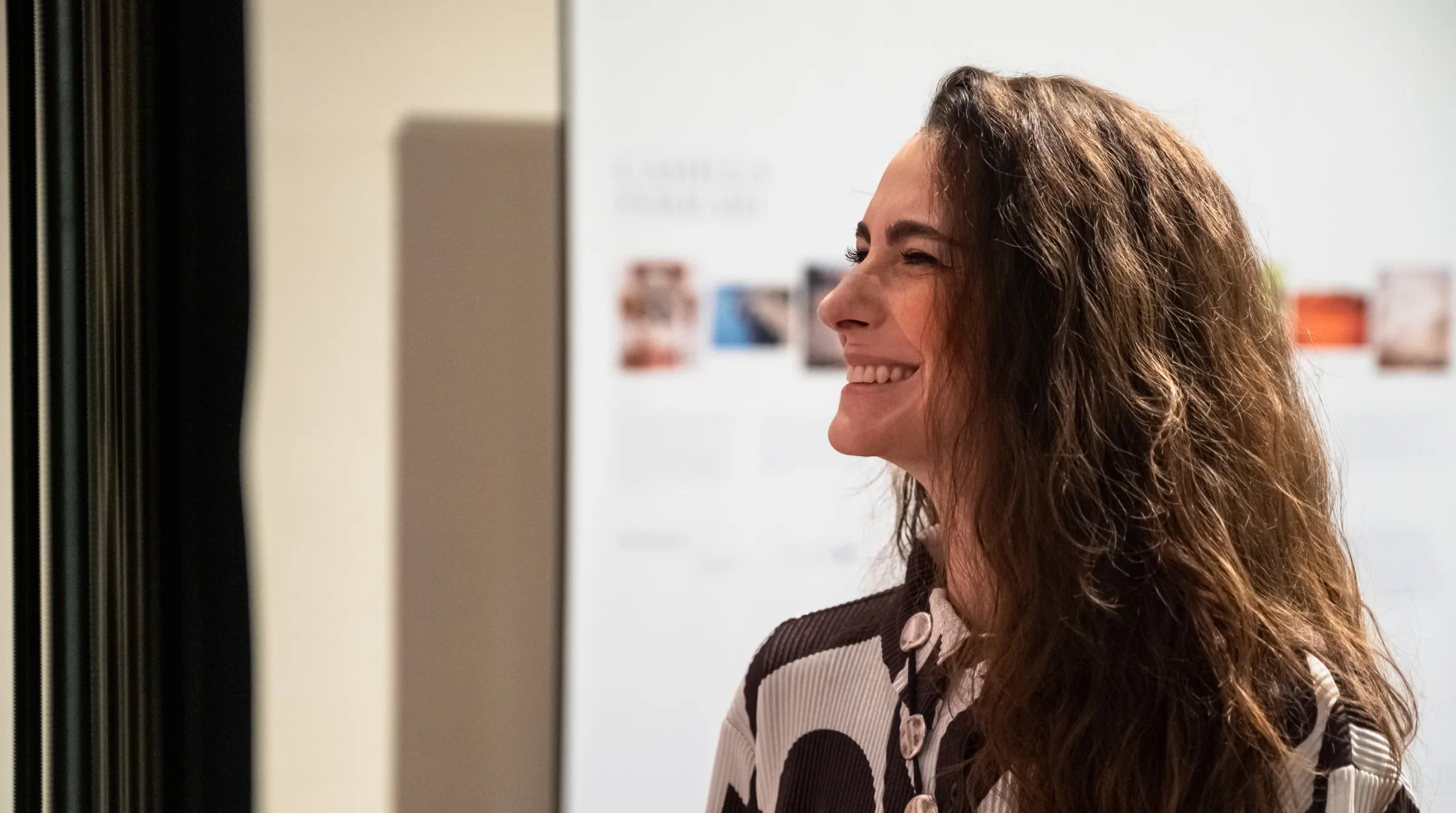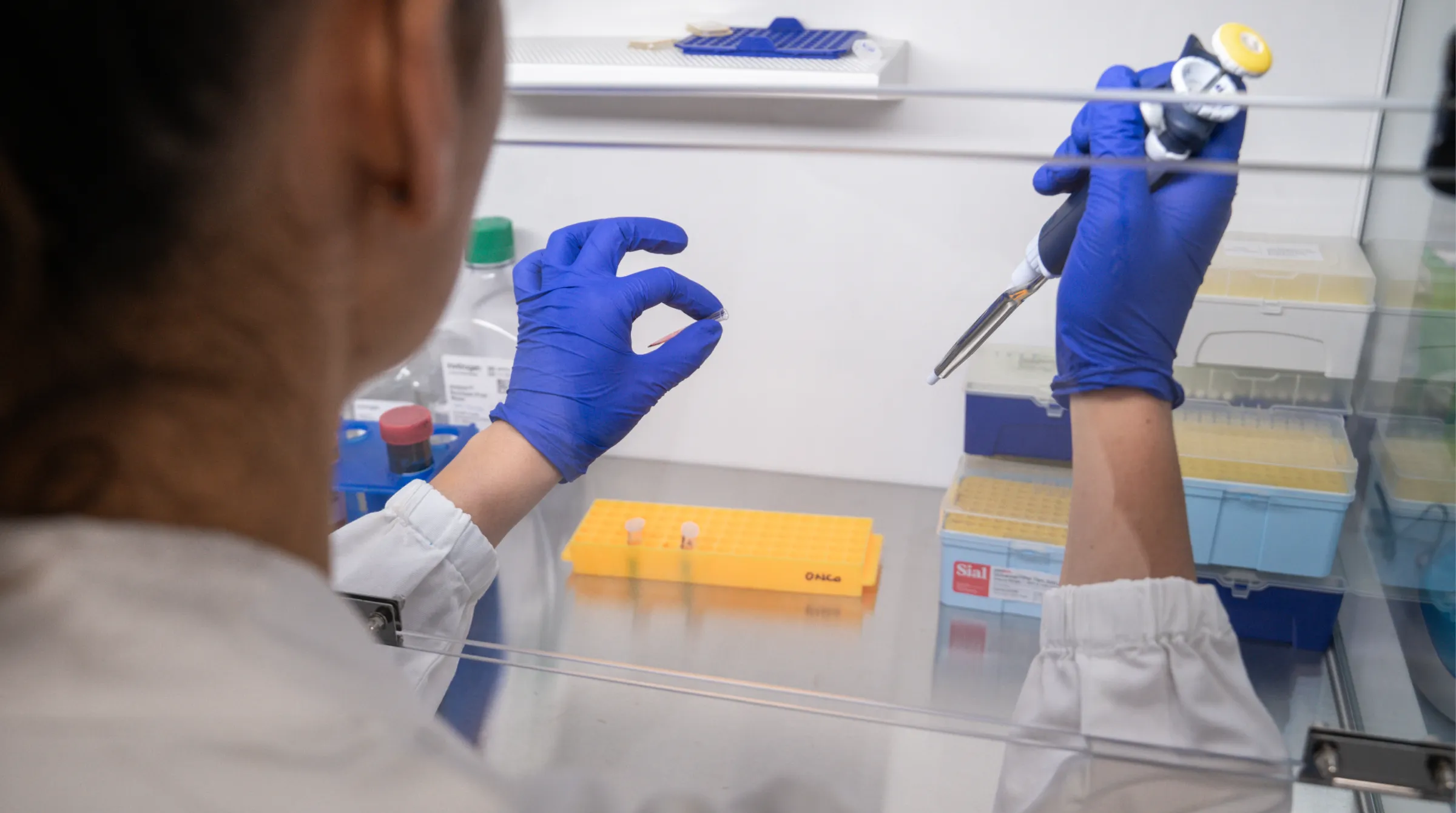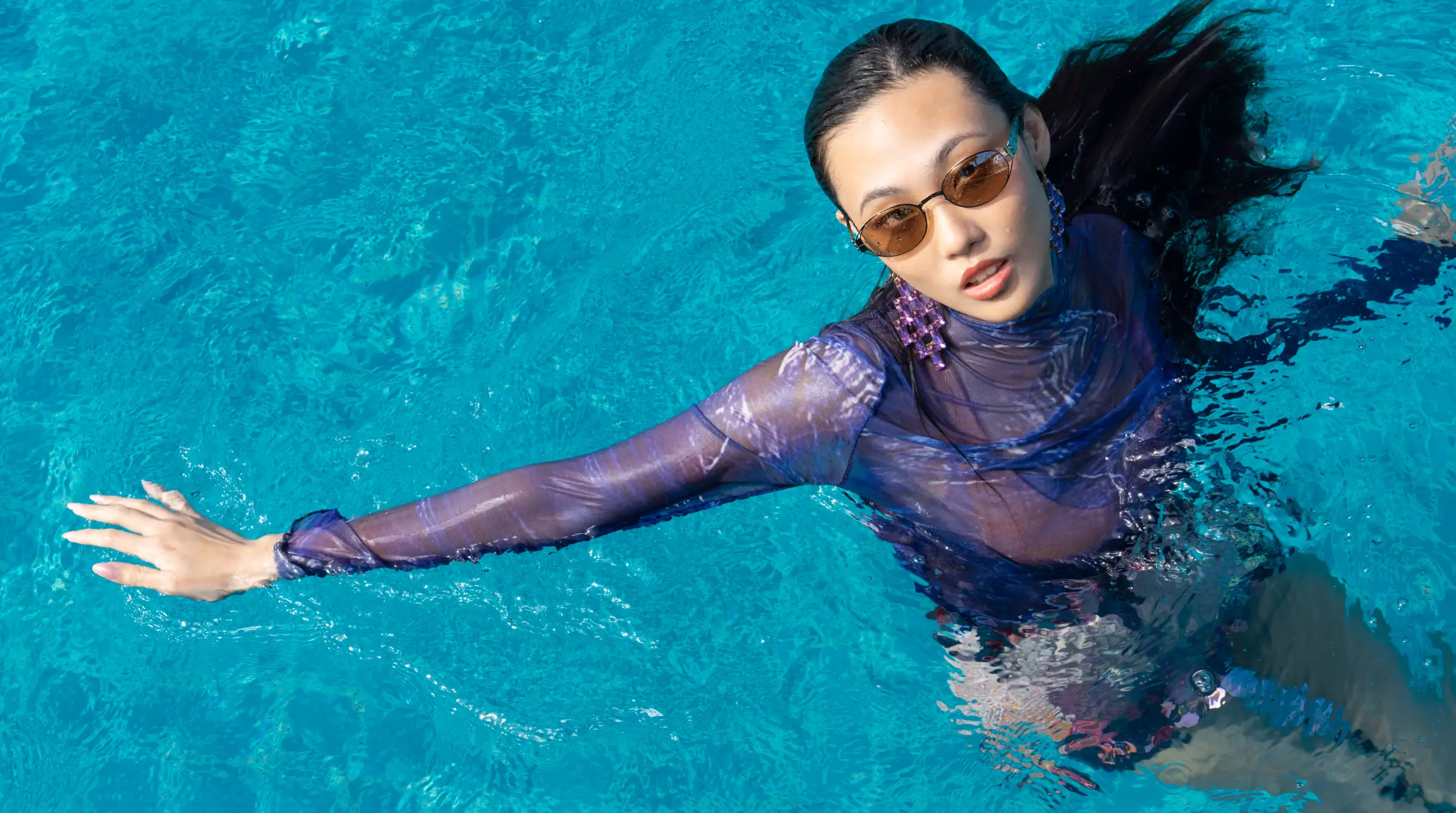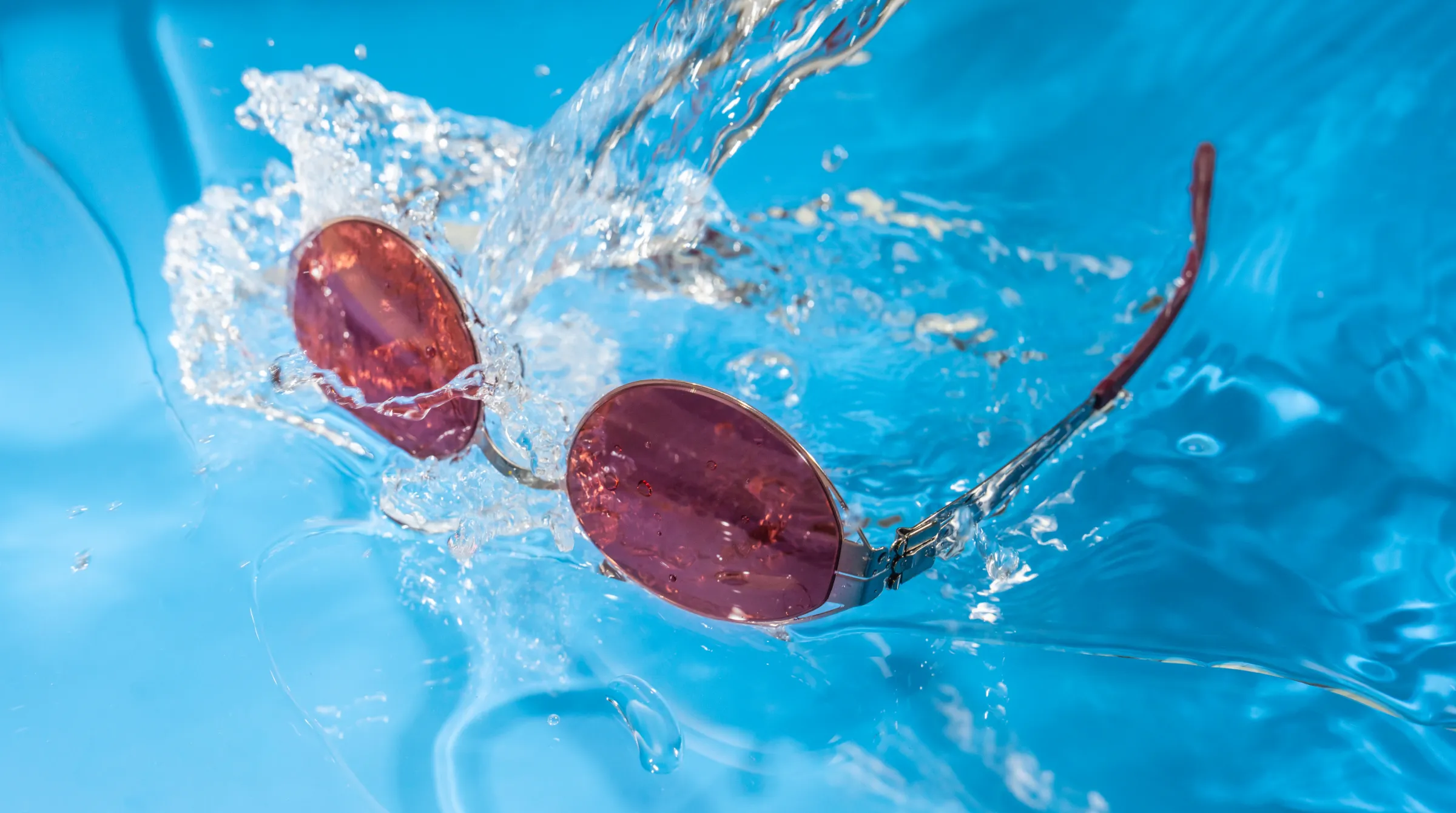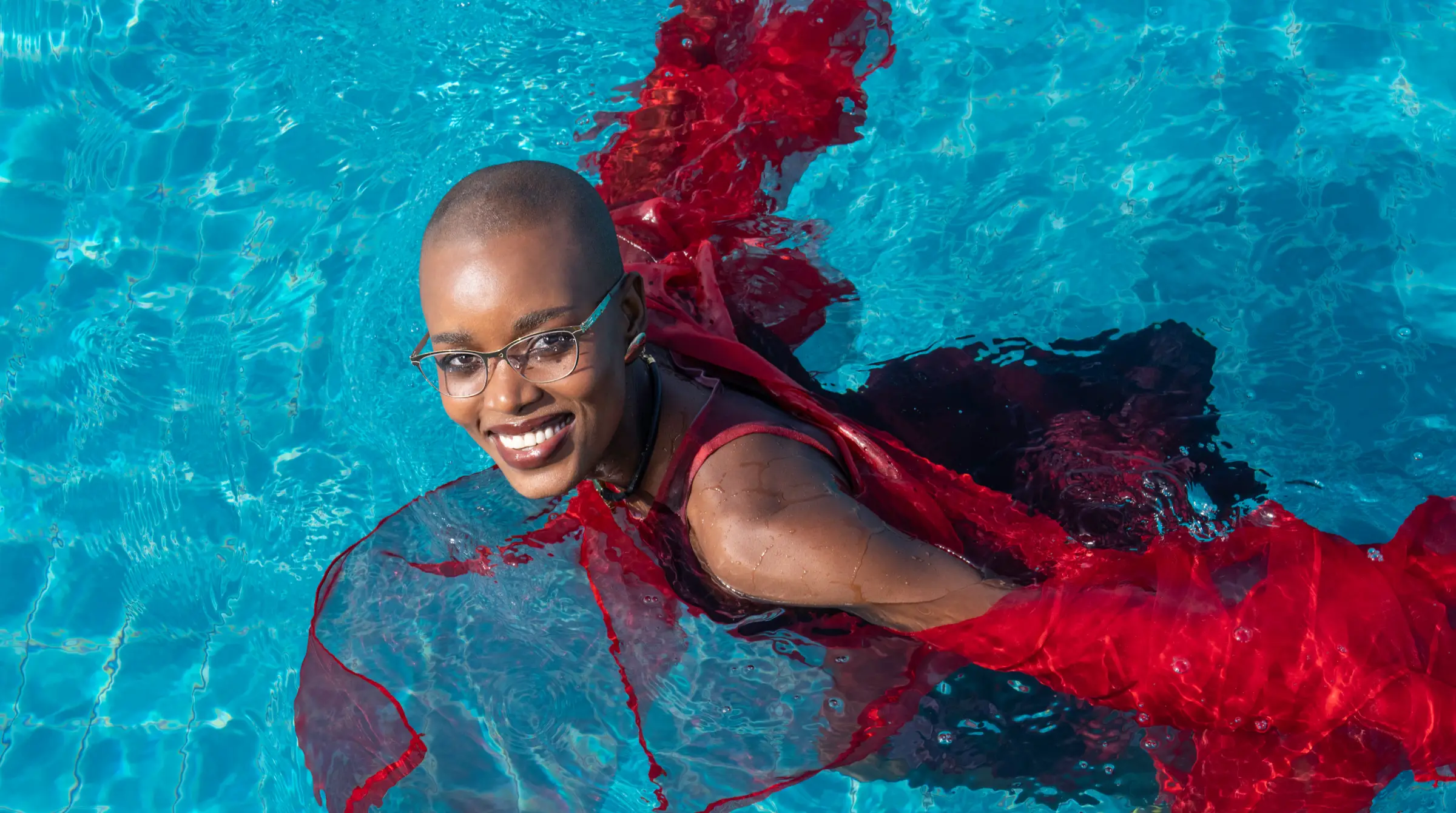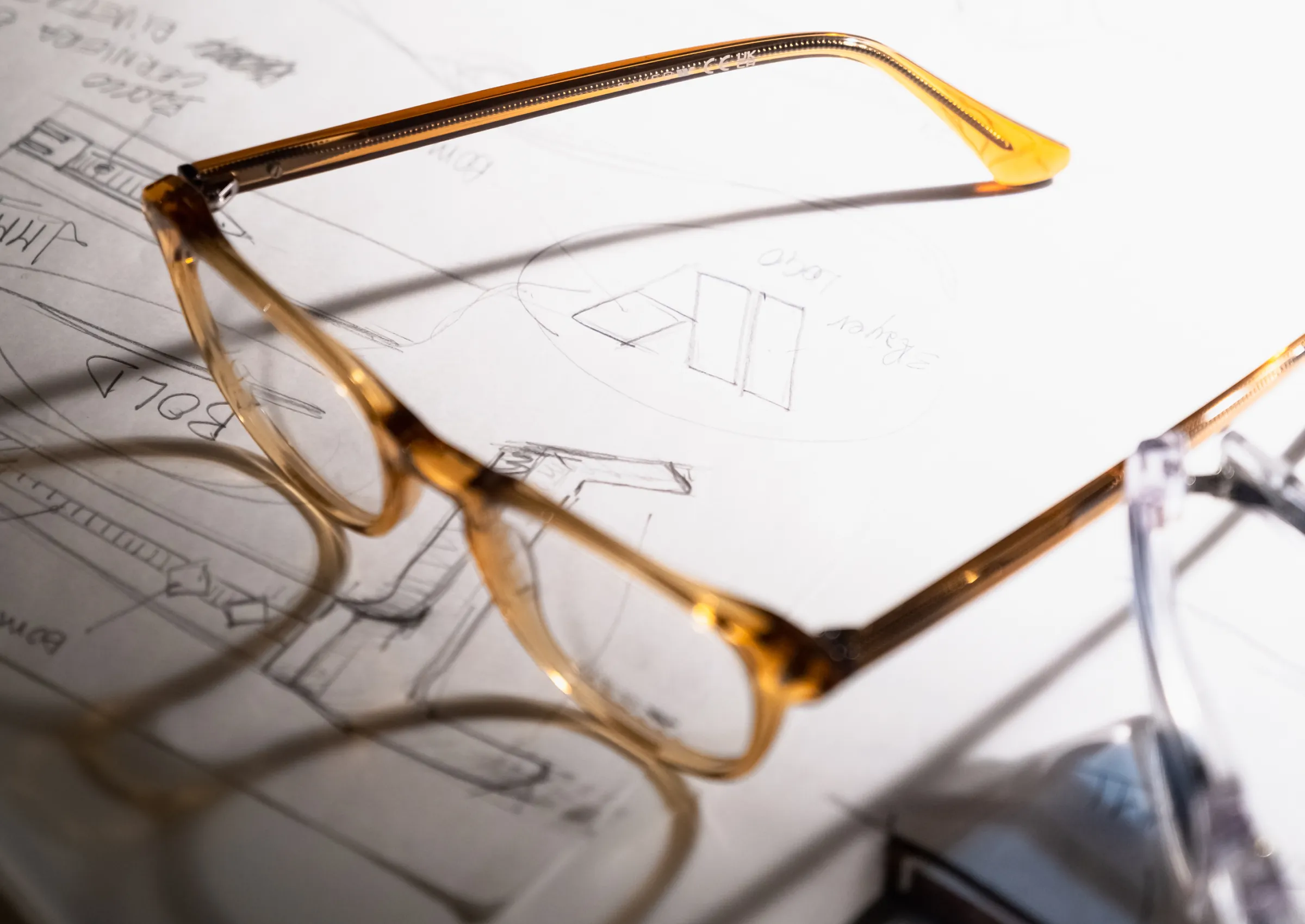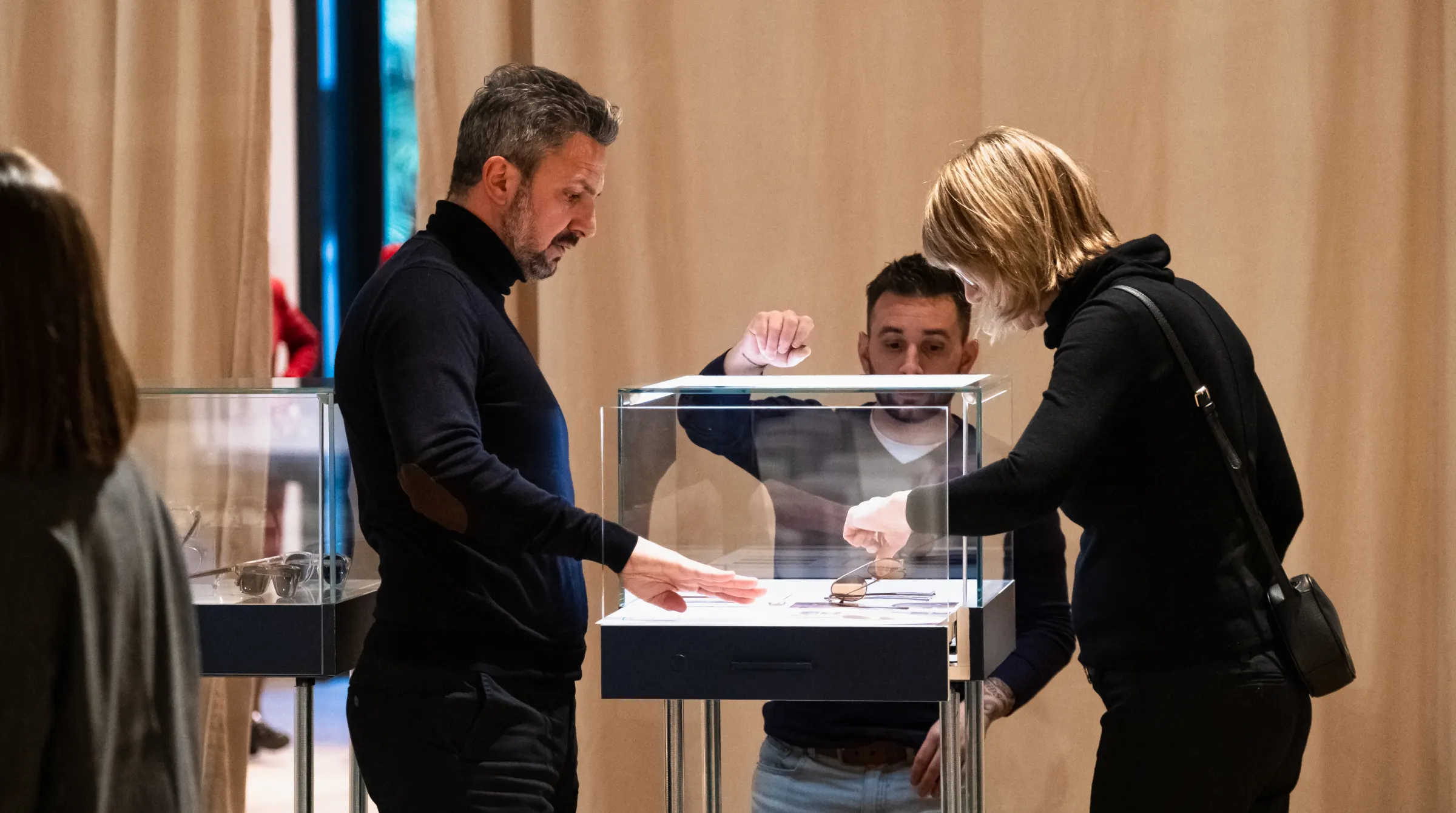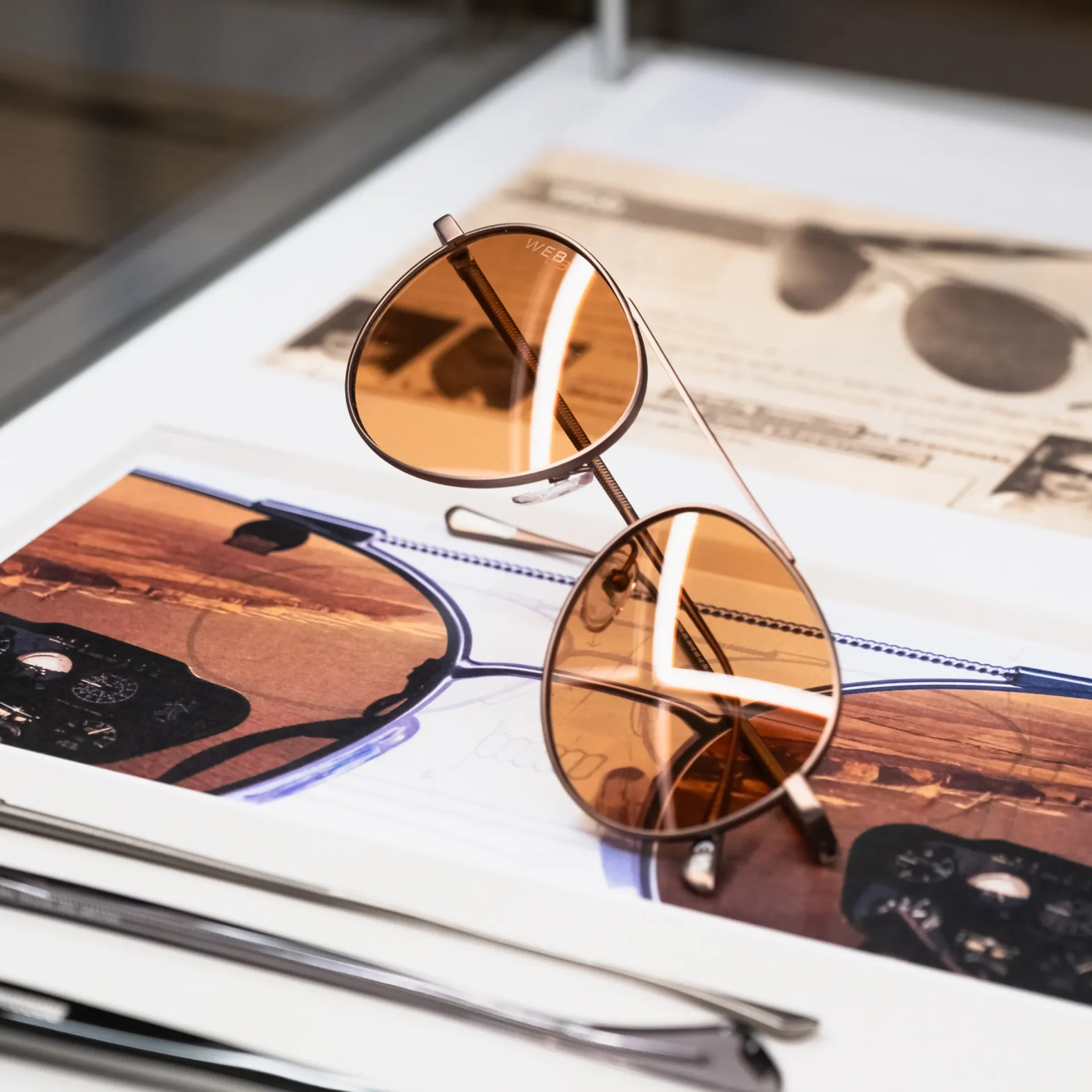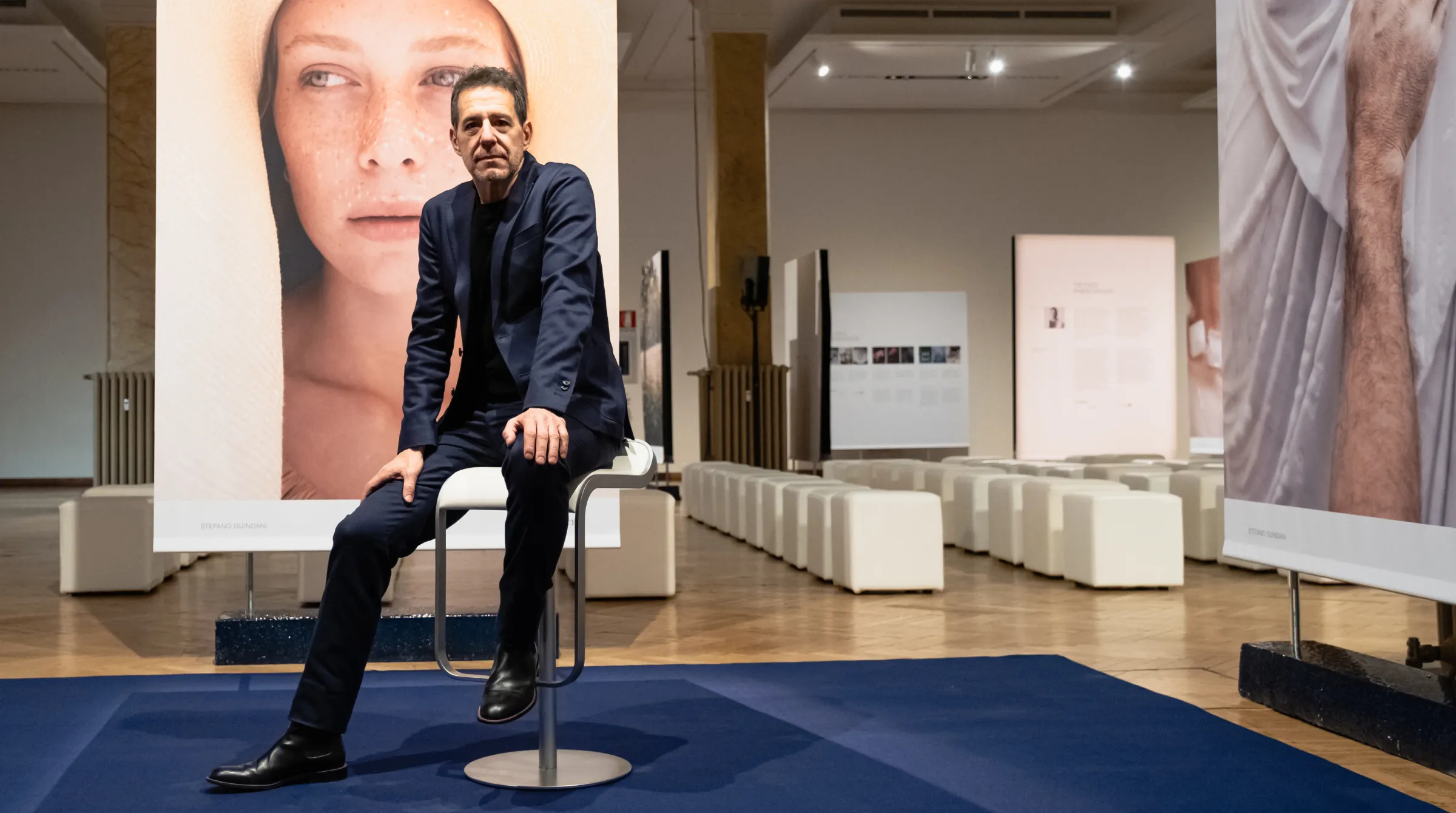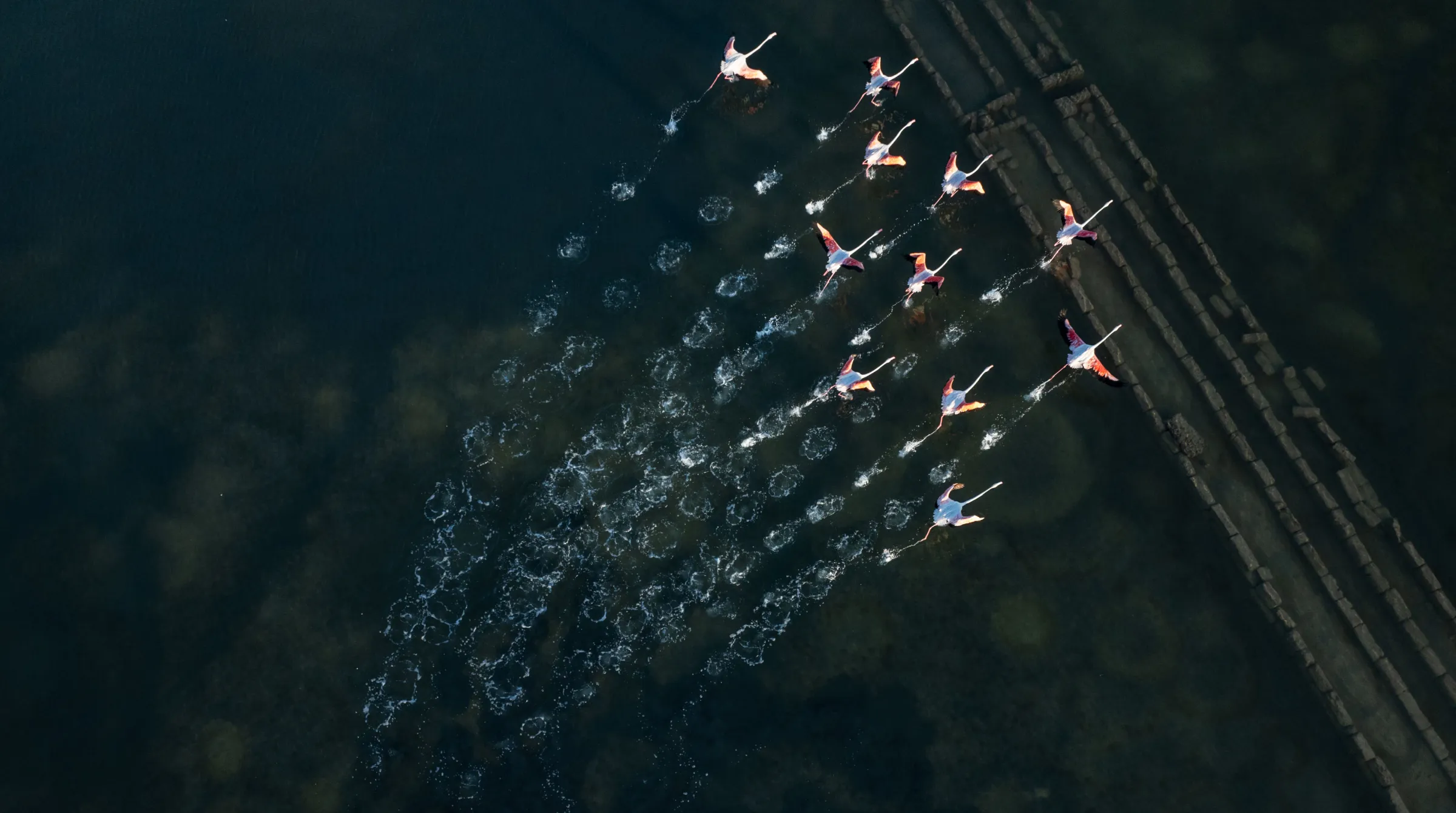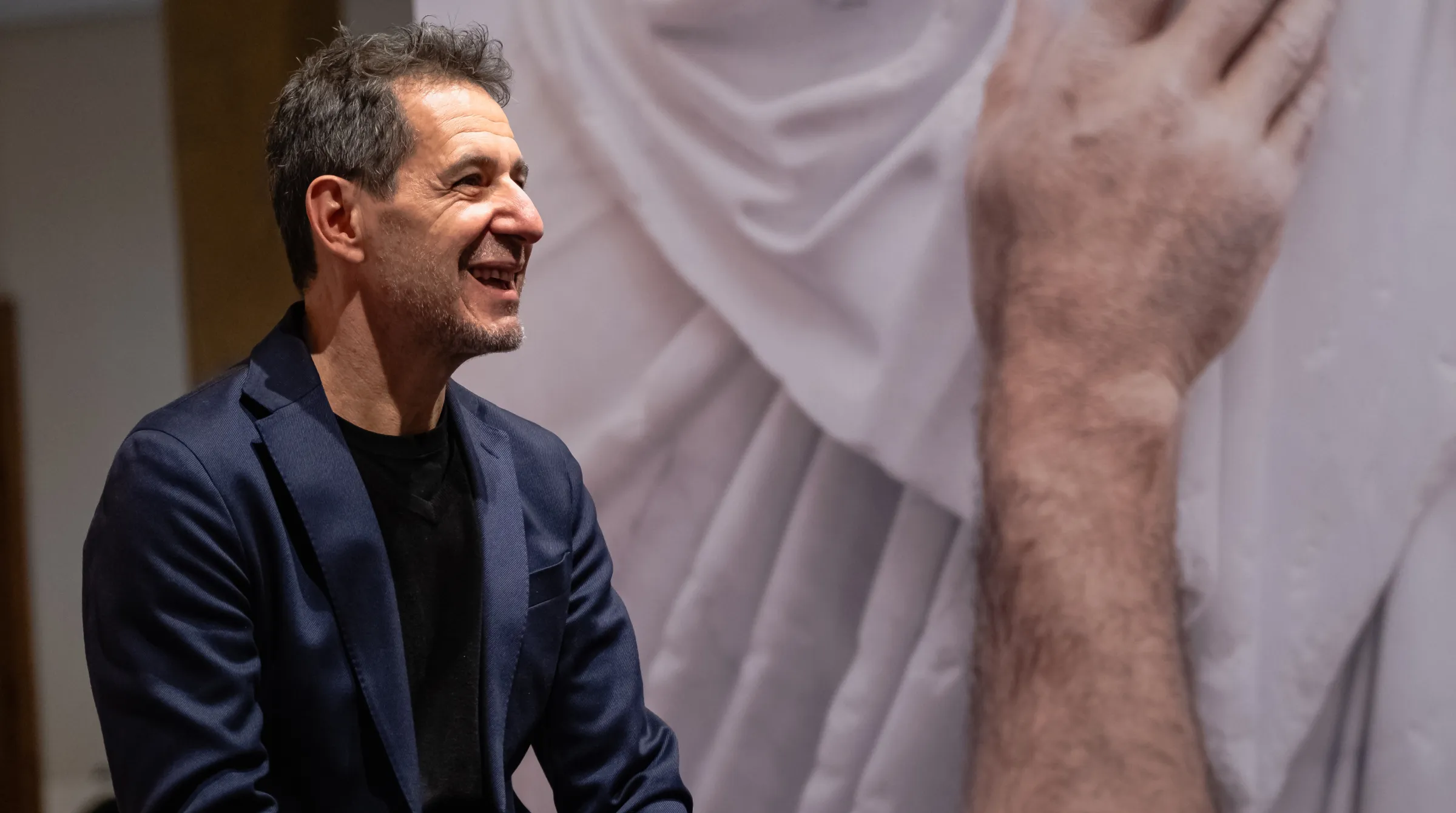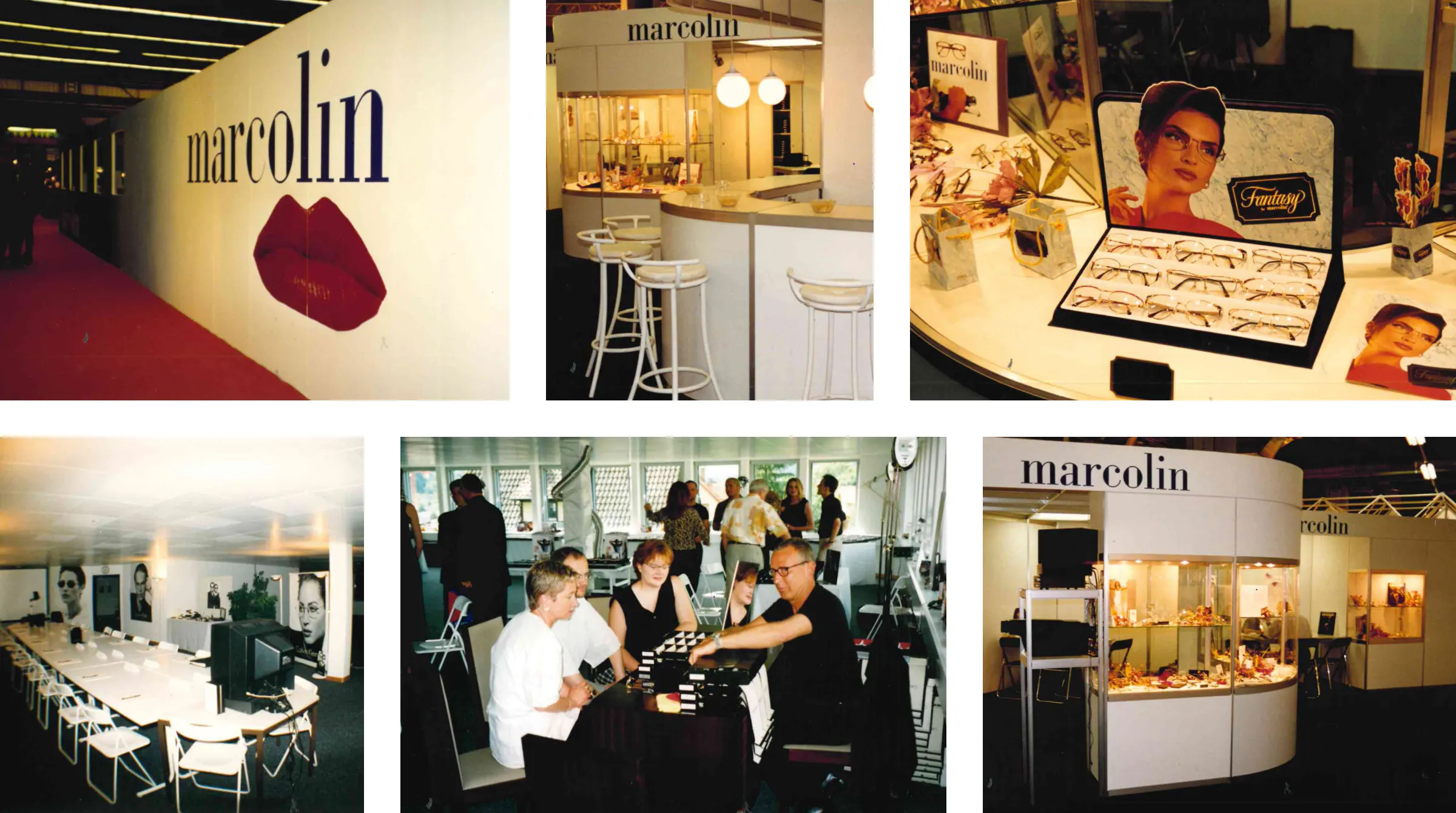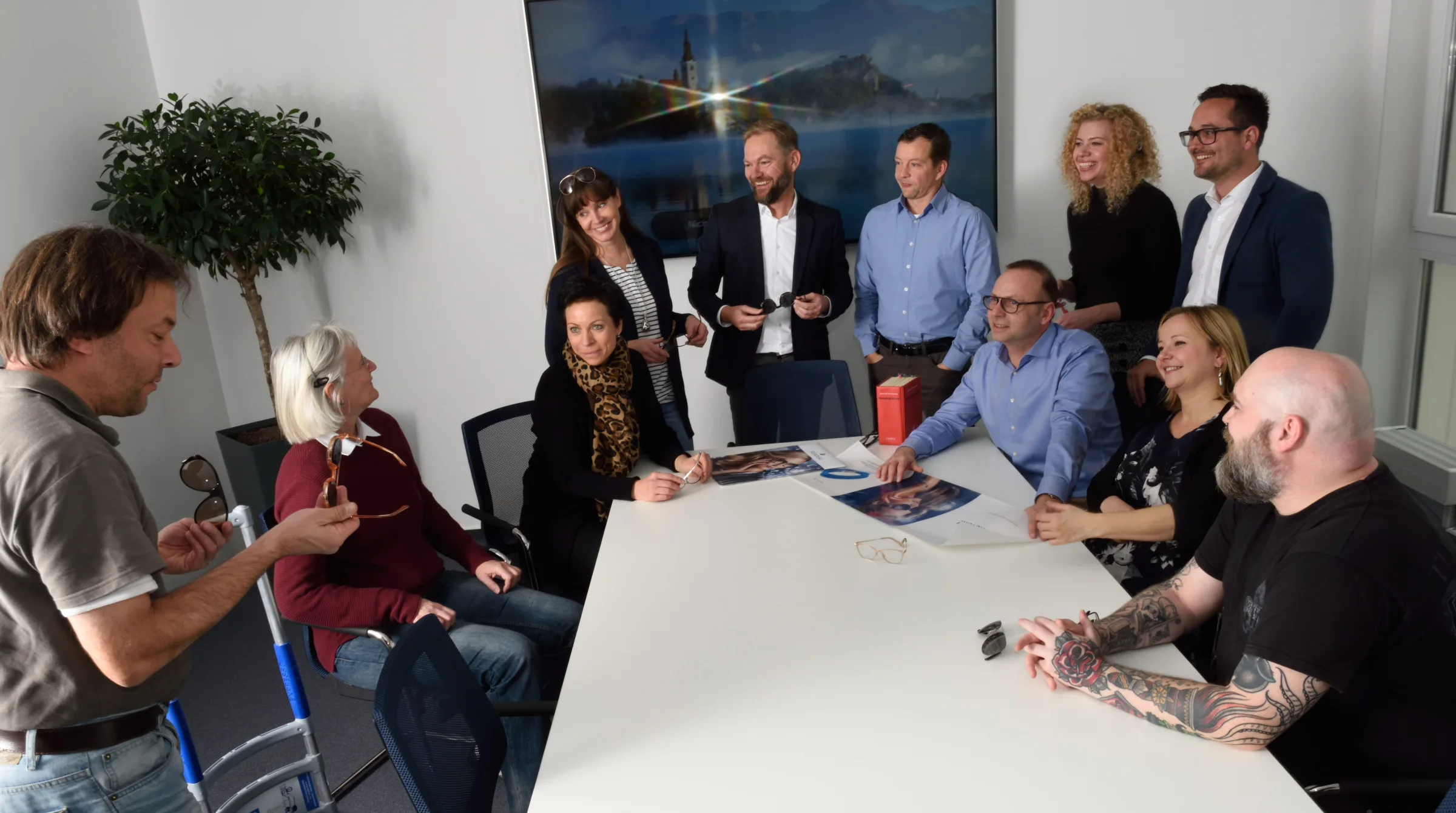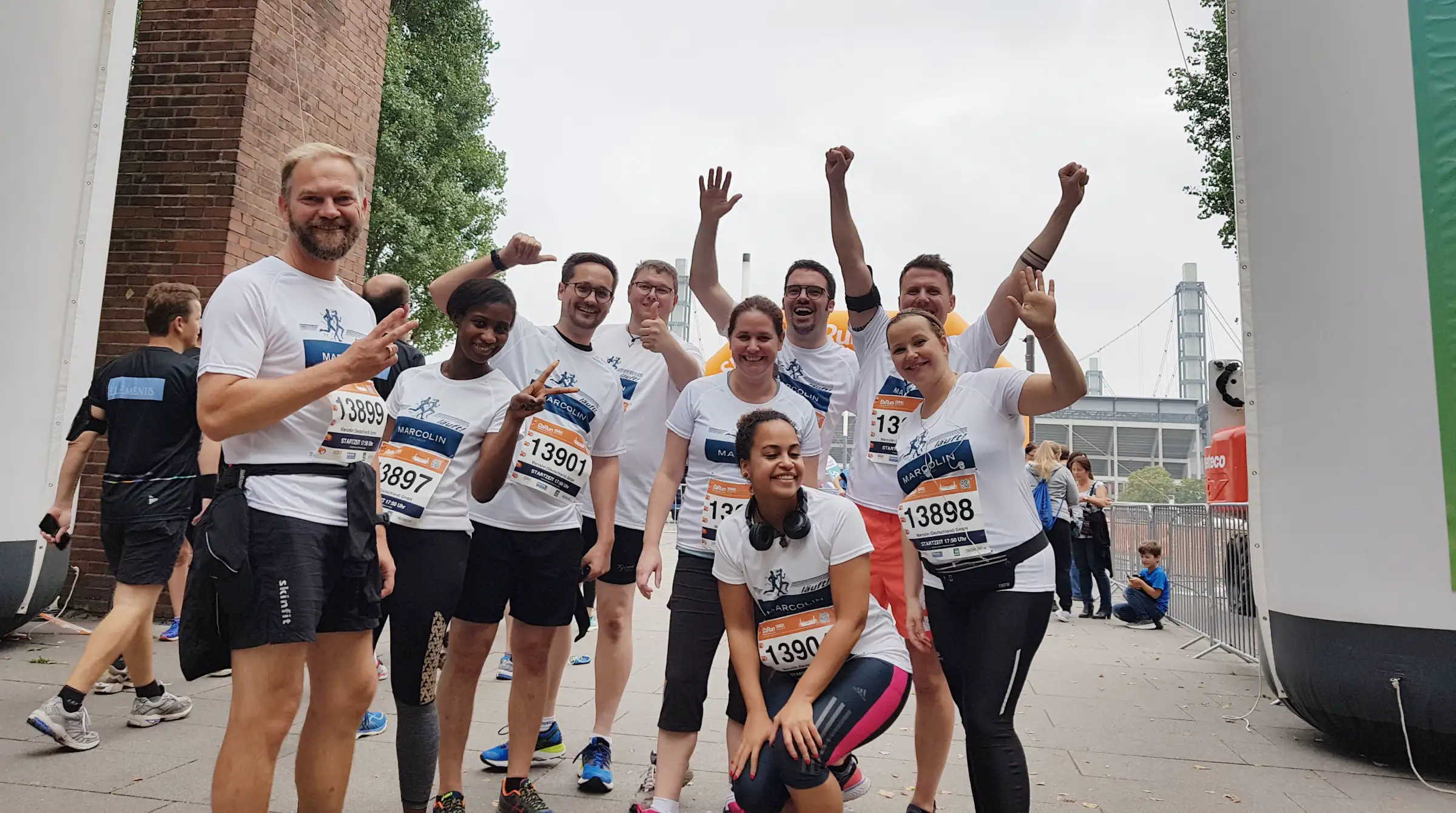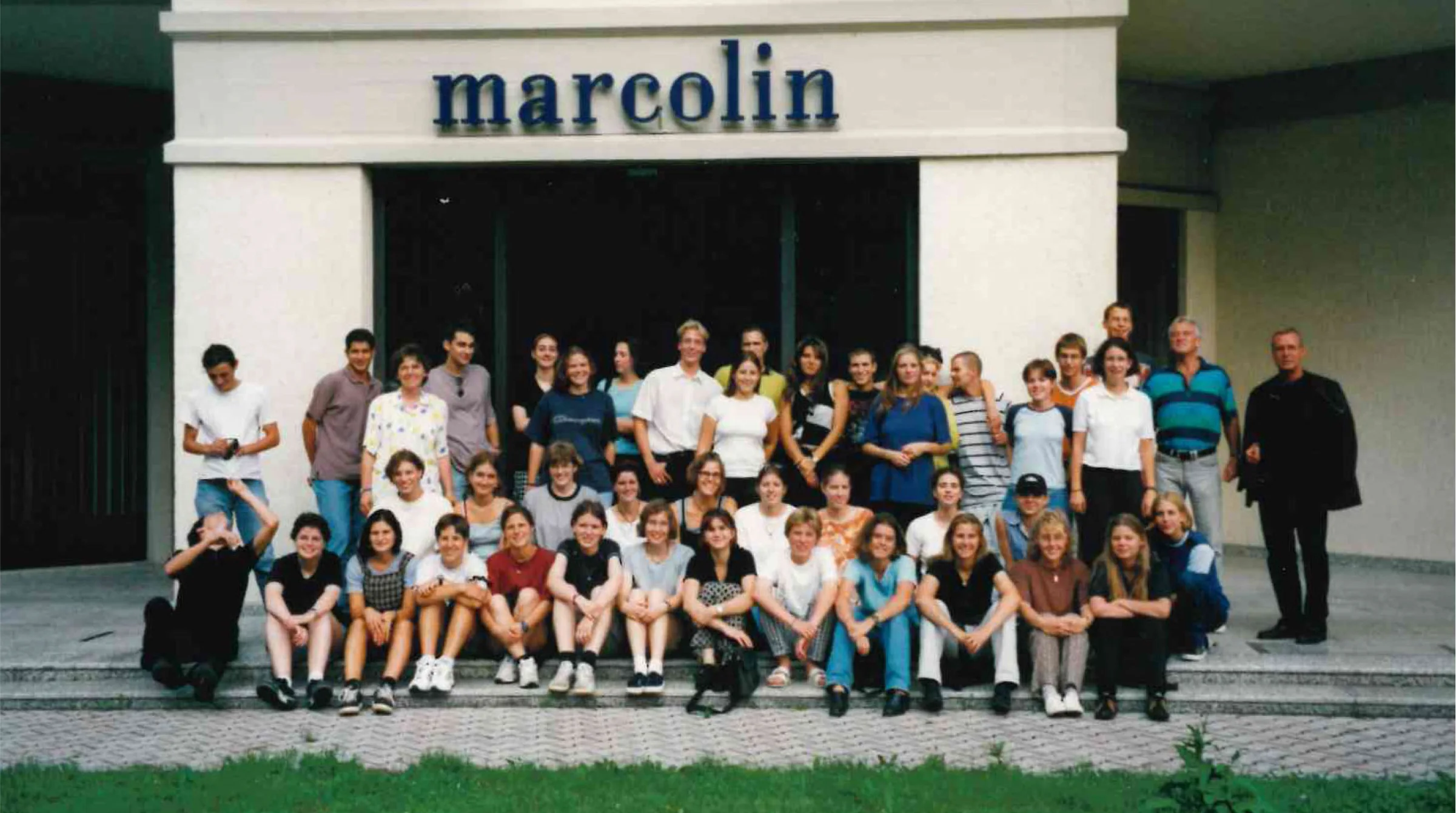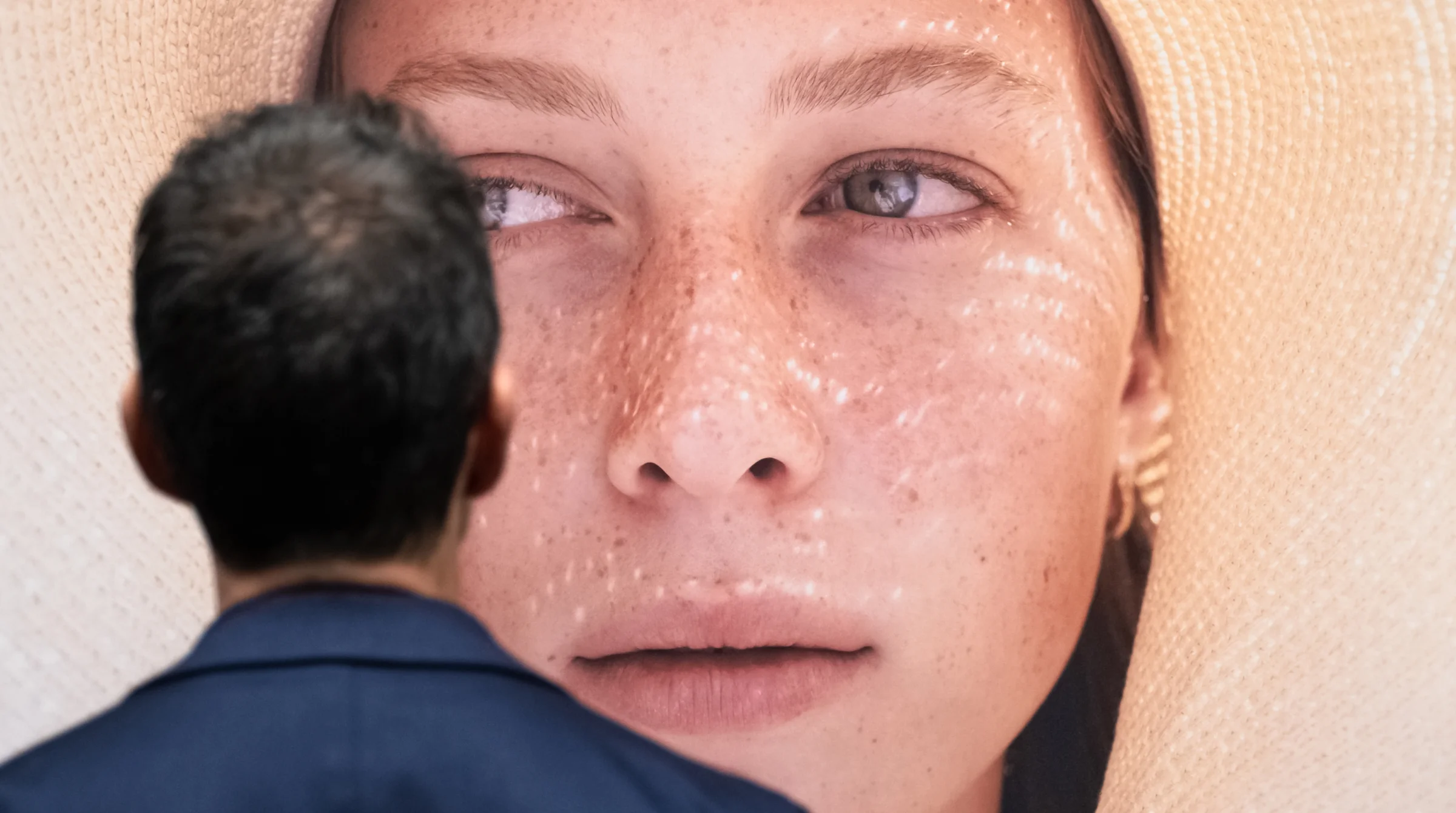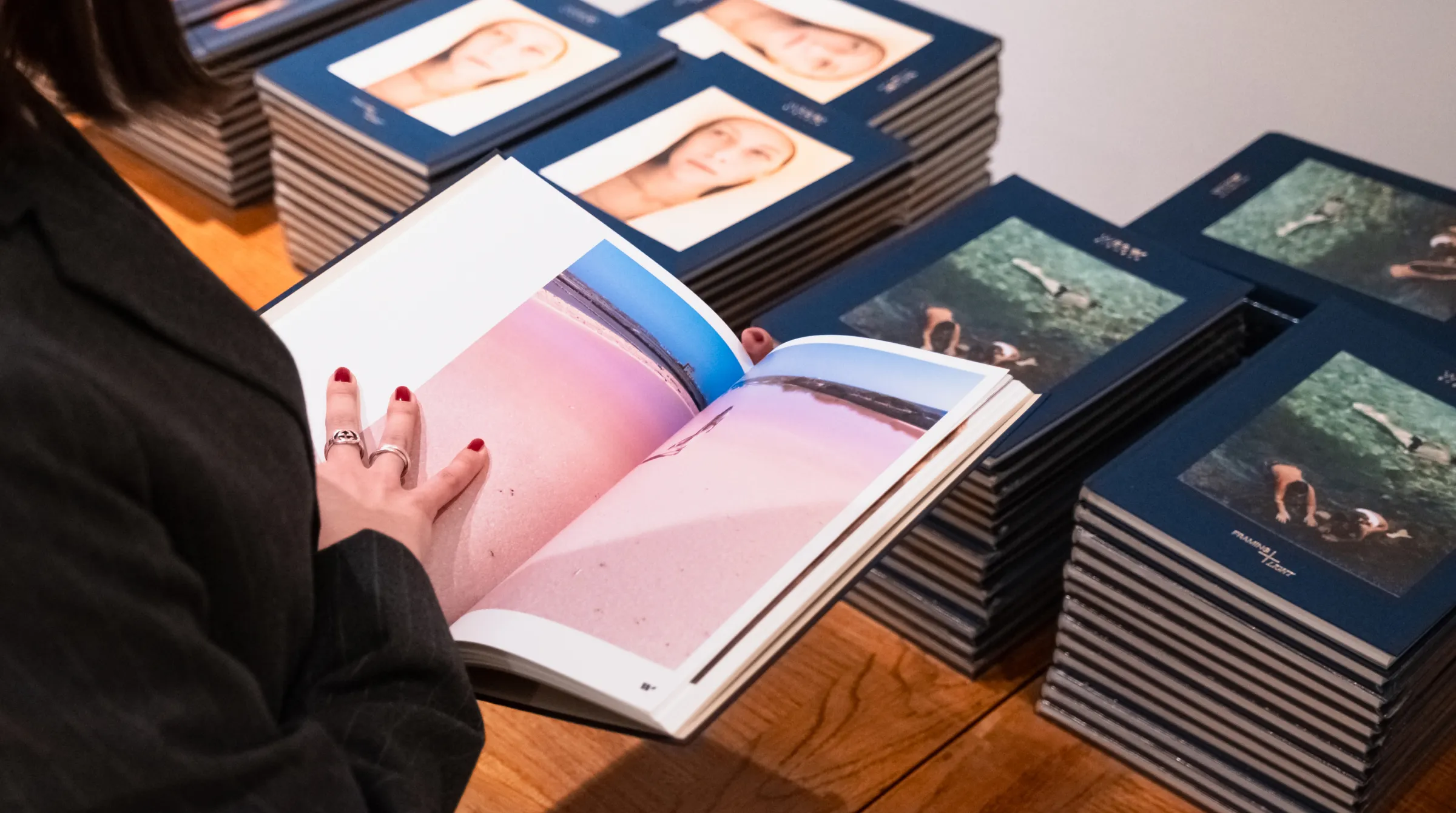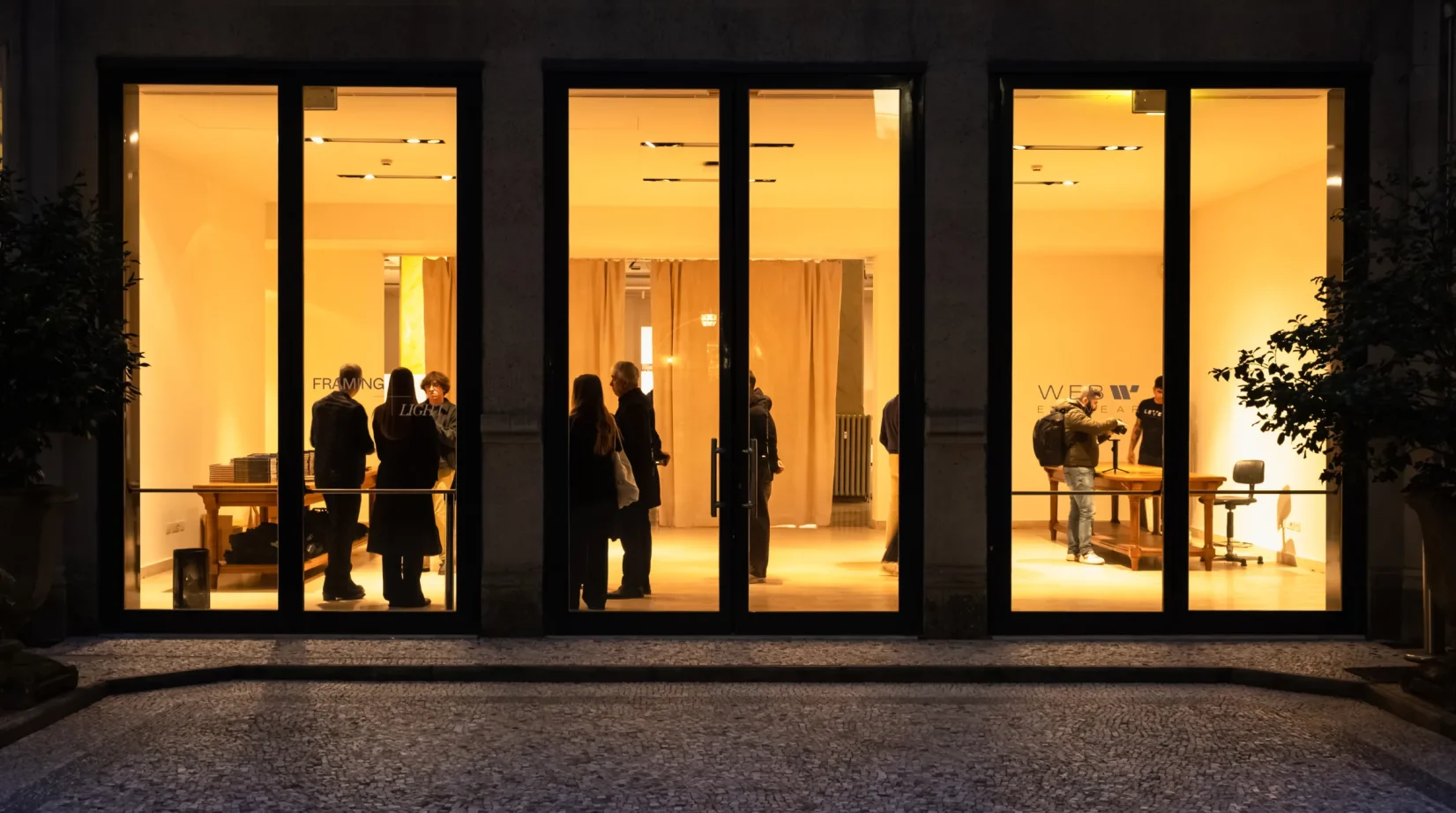The Campaign
It doesn’t matter who she is, how she lives, or what she has achieved: every woman, finally free from the pressure to be perfect, can find her voice and embrace her true identity. This is the philosophy of Max Mara, a brand that for over 70 years has been creating clothing that enhances the strength and character of women — a message powerfully conveyed by the campaign “Forget Perfection, You Are Remarkable”, shot by today’s most creative fashion photographer and director, Oliver Hadlee Pearch, in the streets of London. The campaign stars model Bibi Breslin, a vibrant and elegant embodiment of a woman who, liberated from the deceptive ideal of perfection, walks calmly yet determinedly toward her goals, overcoming life’s inevitable challenges with her inner strengths. Perhaps that’s why the jacket she wears is called Olimpia, like the queen of the gods.

The Exhibition
Max Mara’s commitment to creative female power is also told through the exhibition “Time for Women! Empowering Visions in 20 Years of the Max Mara Art Prize for Women”, running from April 17 to August 31 in the stunning setting of Palazzo Strozzi. Promoted by the Fondazione Palazzo Strozzi and the Collezione Maramotti, the exhibition celebrates 20 years of the Max Mara Art Prize for Women, the prestigious art award established in collaboration with London’s Whitechapel Gallery. The exhibition is a unique opportunity to see together the projects created by the nine prize-winning artists during their Italian residency — a central part of the award: Margaret Salmon, Hannah Rickards, Andrea Büttner, Laure Prouvost, Corin Sworn, Emma Hart, Helen Cammock, Emma Talbot, and Dominique White. Emerging artists at the time of their nomination, they have since made their mark on the international art scene. Their works — including paintings, sculptures, videos, and installations — reflect on vital themes such as identity, memory, the body, society, and politics.

The Film Award
And finally, we can’t forget the “Women In Film Max Mara Face of the Future Award®”, launched at the 2006 edition of Women in Film’s Crystal + Lucy Awards. Women In Film is a non-profit organization that has been promoting equal opportunities and supporting the projects of actresses and directors since 1973. Here too, the focus is entirely on the work and talent of extraordinary women — young actresses not yet household names, but at a pivotal point in their careers and also recognized for their social commitment. Since 2006, Max Mara has honored the human and professional talent of actresses such as Yara Shahidi, Lili Reinhart, Zazie Beetz, Gemma Chan, Elizabeth Debicki, Alexandra Shipp, Zoey Deutch, Natalie Dormer, Kate Mara, Rose Byrne, Hailee Steinfeld, Chloë Grace Moretz, Katie Holmes, Zoë Saldana, Elizabeth Banks, Ginnifer Goodwin, Emily Blunt, and Maria Bello. The latest winner? Joey King, the young American actress starring in A Family Affair and Uglies.

